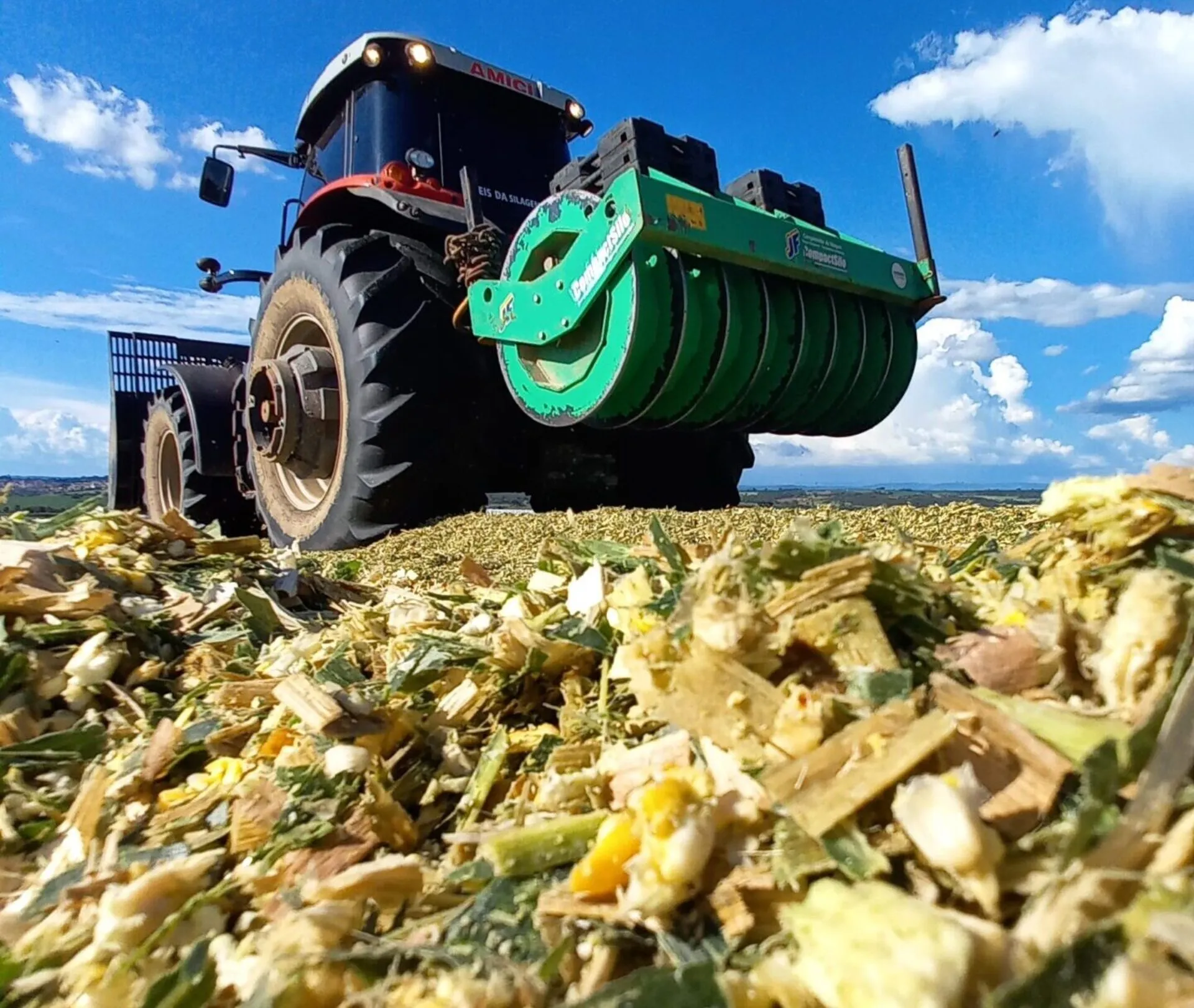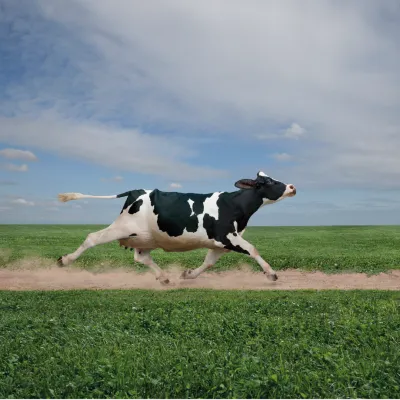Proper Kernel Processing is Key for Digestible Silage
To fully unlock your silage’s nutritional value, you need to process your kernels properly. Here’s why and how!

Starch is a highly energetic nutrient stored in the endosperm inside the corn kernels that function to nourish the germ at germination. Because starch is so important, corn kernels feature aids to protect it. The endosperm is protected by the kernel pericarp, a multi-layer, highly resistant hull that protects the structures inside the kernel against insects, birds and microbes, including rumen microbes and intestinal enzymes.
While these kernel features are important for protecting starch, they are also the primary obstacle for starch digestion in the animal. Breaking the pericarp and exposing the endosperm is essential to increase cows’ starch digestion.
We’ve traditionally thought that having corn kernels broken or nicked was the best way to overcome this obstacle. However, this concept has changed since high-producing animals require a lot of energy to achieve their full production potential. Nowadays we want to see corn kernels in the silage broken into small particles.
Tips for Effective Kernel Processing
- Kernel processing settings should be adjusted to achieve desirable kernel processing while maintaining machine performance and efficiency.
- Typical kernel processors roller gap settings range from 0.03 to 0.12 inch (0.76 to 3.05 mm), and the roller speed differentials from 10 to 40%. Decreasing roller-gap and increasing differential speed usually improves kernel processing.
- Flow of forage through the chopper knifes and processor influence kernel processing, thus, adjusting ground speed helps to break the kernels into smaller pieces.
- Regular maintenance and adjustments optimize the use of the machine, helps with forage and kernel processing and saves money on repair.
- Kernel processor rollers have parallel grooves along the surface and, sometimes, grooves around the circumference. These grooves get worn out, but most rollers can be sharpened once before replacement.
- Keep the cutterhead knifes sharp, as the size of particles going through the processor can affect its functionality.
- Monitoring your processing during harvest is essential to being able to adjust it on the go. Ensuring quality silage will give you fewer headaches throughout the whole year, so regular adjustments are vital.
- There are several techniques for monitoring kernel processing.
- Corn silage processing score (CSPS) is widely used, as it assigns a quantitative value to kernel processing. However, the time that it takes to get results back might make you lose your opportunity window for adjustments. The 32 oz silage cup technique can indicate a well processed corn silage during harvest.
- If you wish to push kernel processing monitoring during harvest to the next level, use quantitative tests. An interesting example is the SilageSnap app, a free smartphone app built with an algorithm able to predict kernel particle size using pictures of the kernels.
- Regardless of the method used, monitoring kernel processing multiple times a day is key to ensure a digestible corn silage to your animals!
Proper kernel processing is essential
for producing digestible silage that maximizes starch utilization by your animals. By fine-tuning machine settings, maintaining your equipment, and consistently monitoring the processing quality, you can significantly improve the nutritional value of your silage. Remember, the more digestible your corn silage, the better your cows will perform. For top-quality products designed to enhance your corn silage processing, check out our corn silage solutions and ensure your animals receive the highest quality feed.
If you have any questions about kernel processing, contact one of our silage specialists for assistance. Let’s work together to get the most out of your corn silage!


